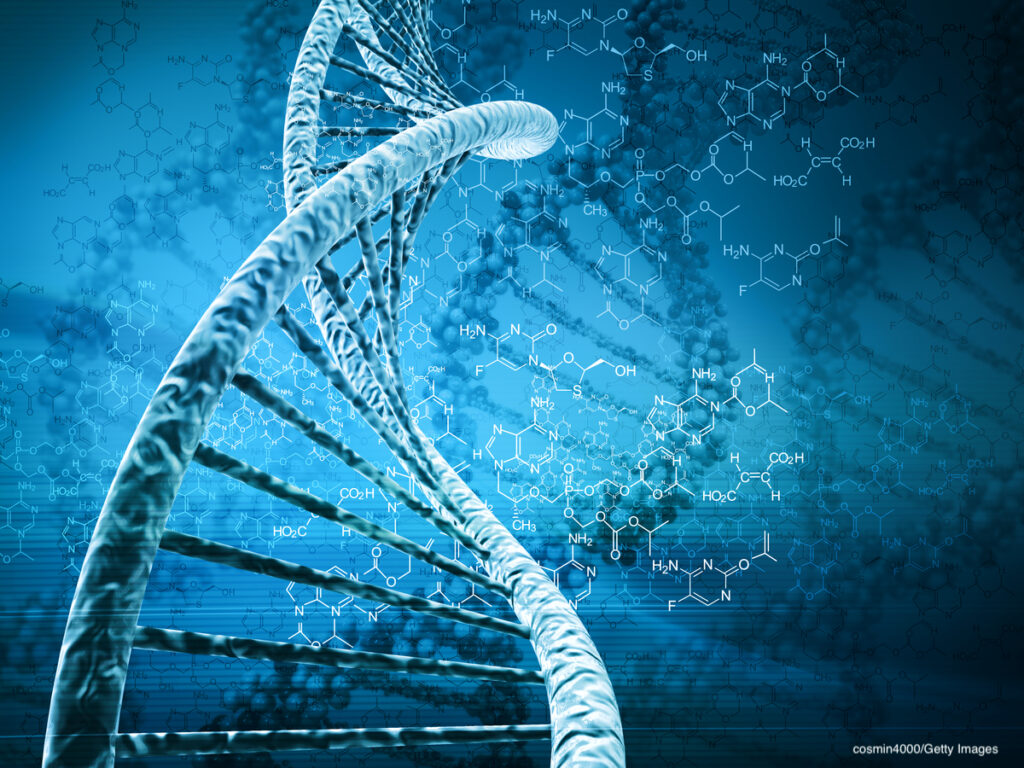In the food processing industry, the Listeria monocytogenes can be deadly to humans and is monitored closely. Not only can the pathogen make people extremely ill, it is now known to be developing resistance to various food safety measures across the world.
A study conducted in South Africa and recently published in the journal Microbiology Spectrum used whole-genome sequencing to provide insights into two species of presumed nonpathogenic Listeria—L. innocua and L. welshimeri—and found that they are developing a surprising number of characteristics that are potentially harmful to humans.
The researchers conclude that Listeria innocua strains are developing resistance to temperature, pH, dehydration, and other stresses, and the species is developing hypervirulence genetically identical to that of Listeria monocytogenes.
In fact, some strains of L. innocua and L. welshimeri examined in the study show three genes for resistance to a widely-used disinfectant, from the quaternary ammonium compound (QAC or QUAT) group of chemicals.
In total, 258 isolates from butcheries, abbatoirs, retail outlets, cold stores, and processing facilities all over South Africa were studied. Of these, 38 were found to be nonpathogenic L. innocua and another three isolates were found to be nonpathogenic L. welshimeri. Additionally, two strains of L. innocua that were analyzed in the study were shown to have developed three or more concerning pathogenic characteristics, including CRISPR CAS-type adaptive immune systems.
“The Listeria innocua that we tested has some of the genes that are also found in pathogenic Listeria monocytogenes,” says Thendo Mafuna, PhD, a lecturer at the University of Johannesburg, and co-author of the study. “These shared genes between L. innocua and L. monocytogenes are also responsible for disease in humans and stress tolerance such as resistance to the disinfectant Benzalkonium chloride.”
Each of the L. innocua strains tested in the study also showed the complete LIPI-4 hypervirulence gene sequence, which can cause disease in humans.
According to Dr. Mafuna, the study corroborates other research from around the world that shows growing resistance in nonpathogenic Listeria species. For instance, the LIPI-4 sequence, Dr. Mafuna says, is identical to that found in pathogenic L. monocytogenes, as recorded by the Pasteur Institute in Paris.
Dr. Mafuna adds that food processors should look out for these new strains of Listeria because they are becoming resistant to disinfectants. “Big industrial food processors may want to investigate how efficient BC or quat disinfectants are in their facilities,” Dr. Mafuna says. “This can be done by taking swabs before cleaning and again after cleaning [and] culturing those to see how well the disinfectant regimens are working.”



Leave a Reply